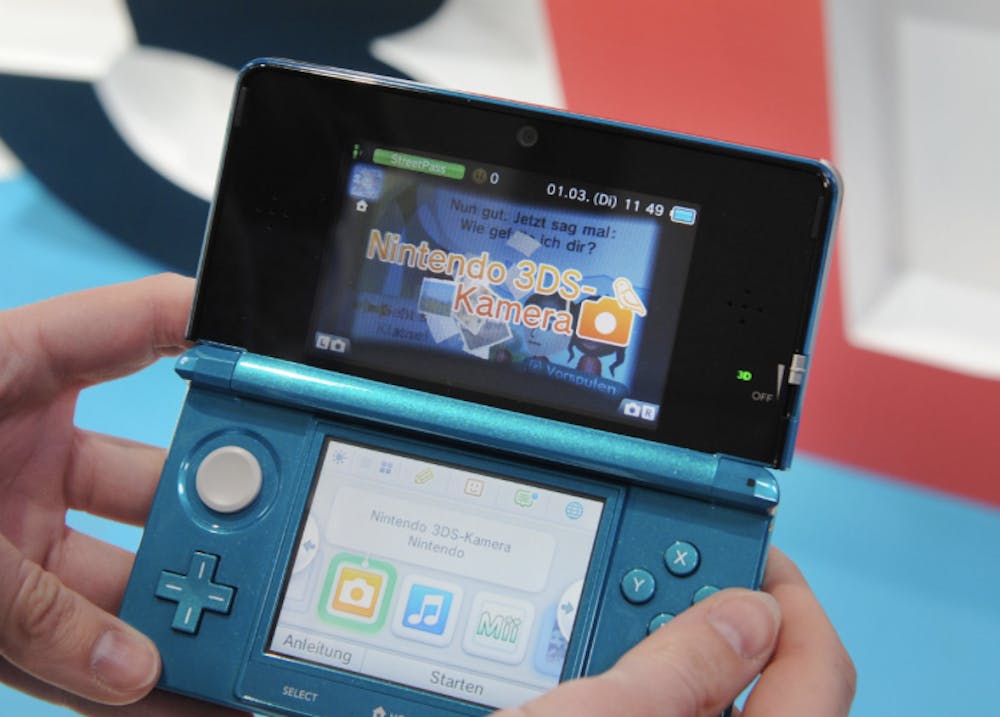Every console’s time comes where it needs to ride off into the sunset and make way for a fancier, upgraded successor. Ten years of the Nintendo 3DS should warrant a celebration, but the device’s quiet death last September feels like a bitter way to end the DS dynasty that kept Nintendo alive during their toughest moments.
The 3DS was perfect on paper. It already had a strong audience to sell to because its successful predecessors hooked millions of users who’d buy another dual-screen device just to play the latest games. The device’s ability to display 3D effects without 3D glasses was phenomenal, especially to an eleven-year-old who thought playing “Nintendogs” on two screens was the pinnacle of gaming.
This new feature came at a time where 3D films were more popular than ever thanks to movies like James Cameron’s 2009 blockbuster “Avatar.” The “Avatar” effect led to many studios wanting to make 3D versions of their movies and profit from the 3D ticket surcharge. In the early 2010s, 3D was a lucrative option rather than a simple gimmick, and Nintendo capitalized on this moment to deliver a 3D device.
Unfortunately, the 3DS stumbled right at the start. $250 was a high price to pay for a small gaming device, but the fact that it released without many games was a large factor in its abysmal sales. Even a price cut within the first few months wasn’t enough to bring sales back up, and coupled with the Wii U’s awful 2012 sales, Nintendo was brought down to one of its lowest periods as a gaming titan.
But when the good games finally released, the 3DS’s fortune changed soon after. “Mario Kart 7” rapidly became the best-selling game for the console, and the release of several “Pokémon” and “Legend of Zelda” games in the following years turned the 3DS into the hit it was meant to be. While it never reached DS levels, the 3DS is now seen as a success that kept Nintendo relevant long enough to reach their next big invention — the Nintendo Switch.
The Switch released in 2017, and this handheld hybrid was so successful that 3DS sales expectantly slowed to a crawl. While Nintendo tried to maintain both systems at the same time, the Switch drew in a majority of the handheld gaming audience while touting more powerful hardware for developers to experiment with.
Even with the Switch’s success, the 3DS itself was a piece of technology that became redundant and stale in our current technological environment. Year by year, smartphones grew into a viable gaming market filled with free game options and premium titles for much cheaper than 3DS games. Nintendo had competed with the growing market for some time, but they too saw the promise of the smartphone’s app store. The company partnered with mobile developers to create games solely for smartphones, such as “Animal Crossing: Pocket Camp,” “Mario Kart Tour” and everyone’s favorite game during the summer of 2016, “Pokémon GO.”
For a large portion of the handheld gaming community, there was less of a reason to drop hundreds of dollars for a gaming gadget when a phone could satisfy their gaming habits. Although the 3D feature might’ve been the systems selling point, the 3D craze has died down in favor of more immersive experiences today. Virtual reality has taken the spotlight in recent years, and augmented reality is a fast-growing field that could take the technology sphere by storm in no time, leaving 3D in the past.
Without the 3DS, Nintendo isn’t producing a dedicated handheld device for the first time in more than 30 years. They’ve collapsed their home and handheld console audiences into one, but fans of the Gameboy and DS families will always think of Nintendo as the handheld gaming company first.
From playing “Dexter’s Laboratory” on the Gameboy Color to watching Flipnotes on the original DS to devoting my life to “Animal Crossing: New Leaf” on the 3DS XL, portable gaming has always been my favorite way to experience Nintendo’s iconic franchises. It’s a bittersweet end to a device that capitalized on the early-2010s 3D fever while still sticking to Nintendo’s company-defining innovation. The Nintendo Switch has all the upgraded gear and ingenuity one could ask for, but it won’t ever recreate that strange, yet comforting experience of dual screens and Nintendogs in 3D.
Get The Chronicle straight to your inbox
Sign up for our weekly newsletter. Cancel at any time.

